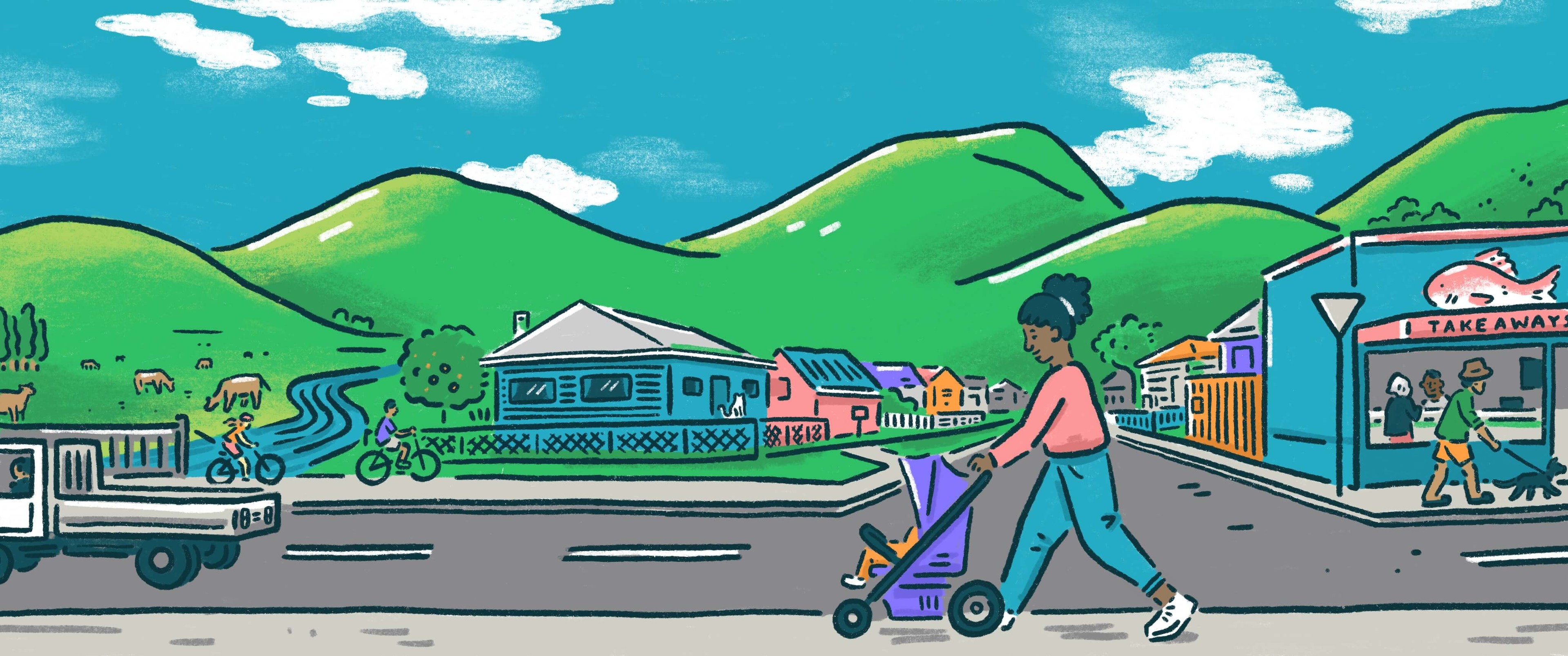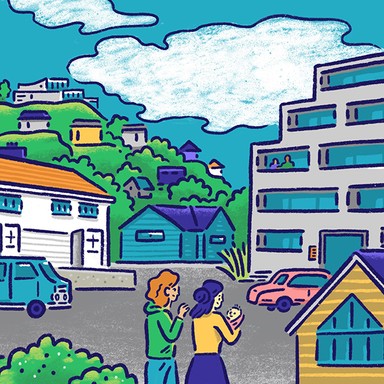
Horowhenua District Council

Rates and revenue
The work of local government is funded mainly by property taxes in the local area, known as rates. This makes up around 60% of council expenditure, with the rest coming from user charges, investment income, regulatory fees and roading subsidies. Councils can also borrow money to spread the cost of large investments such as infrastructure over a longer period of time.

Rates and revenue
The work of local government is funded mainly by property taxes in the local area, known as rates. This makes up around 60% of council expenditure, with the rest coming from user charges, investment income, regulatory fees and roading subsidies. Councils can also borrow money to spread the cost of large investments such as infrastructure over a longer period of time.
Introduce a natural environment targeted rate that the biggest contributors to environmental harm pay to reinvest in mitigation of effects.
Cap the level of rates rising to ensure overall average of rates doesn't increase beyond what has already been committed in the current long term plan.
Targeted reduction in rates for communities in need.
Introduce a natural environment targeted rate that the biggest contributors to environmental harm pay to reinvest in mitigation of effects.
Cap the level of rates rising to ensure overall average of rates doesn't increase beyond what has already been committed in the current long term plan.
Targeted reduction in rates for communities in need.
Mayor
Compare the mayoral candidates in your area
Local council
Compare the candidates for your city or district council
Regional council
Compare the candidates for your regional council
Local board
Compare the candidates for your local or community board







